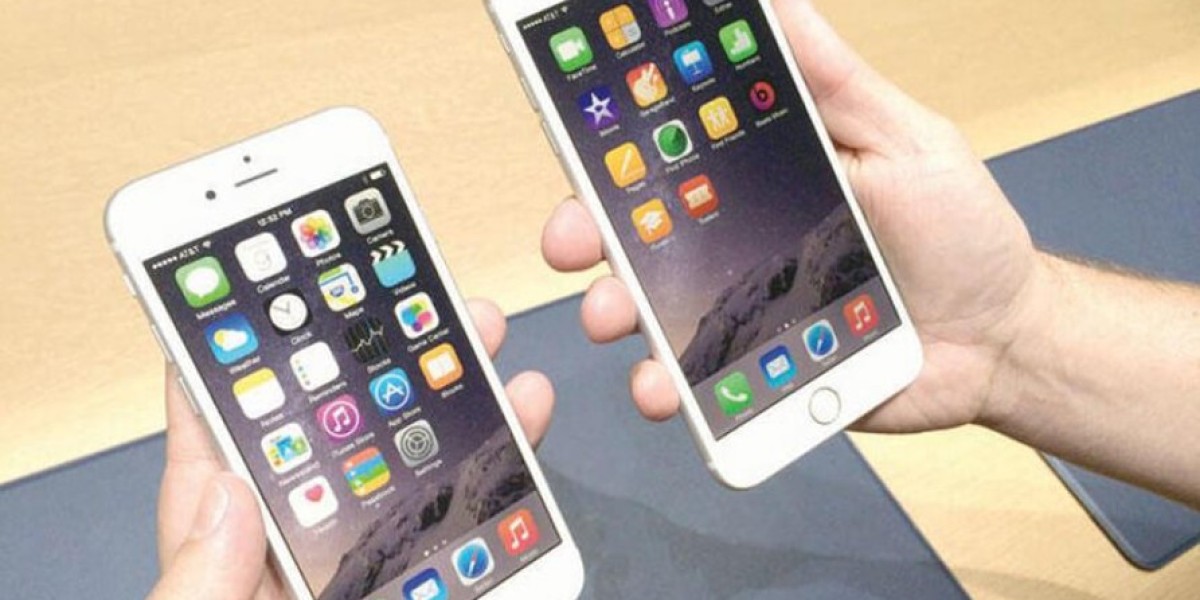Unlock the Secret to a Sparkling Smile: Mastering the Art of Water Flossing!
Maintaining oral hygiene is crucial for overall health, and one of the key players in this arena is flossing. While traditional flossing has long been a staple in dental care, many people are now turning to water flossers as a more effective and user-friendly alternative. Water flossing involves using a pulsating water stream to remove plaque and food particles between teeth and below the gumline, making it an essential tool for preventing common dental issues such as cavities and gum disease. With the rising popularity of water flossers, it’s time to delve deeper into how to use one effectively to enhance your oral hygiene routine.

Understanding Water Flossing
A water flosser, also known as an oral irrigator, is an electric device that utilizes a stream of pulsating water to clean between teeth and along the gumline. The water pressure can typically be adjusted, allowing users to customize their experience based on their comfort level. Compared to traditional dental floss, water flossers are often easier to use, especially for those with braces, implants, or other dental appliances. Studies have shown that water flossers can significantly reduce plaque and gingivitis when used regularly, making them a valuable addition to any oral hygiene routine. With its ability to reach areas that traditional floss might miss, a water flosser provides a thorough clean that can lead to healthier gums and a brighter smile.
How to Use a Water Flosser Effectively
Using a water flosser might seem straightforward, but there are specific techniques that can enhance its effectiveness. First, ensure that the water flosser is fully assembled according to the manufacturer’s instructions. Fill the reservoir with warm water, as this can be more comfortable for your gums. Next, choose an appropriate pressure setting; if you're new to water flossing, start with a lower setting and gradually increase it as you become accustomed to the sensation. Position the flosser tip at the gumline and turn the device on. It’s important to lean over the sink to avoid splashing water everywhere! Move the flosser along the gumline and between each tooth, allowing the water to flush out debris. Make sure to pause occasionally to spit out excess water, and continue until you’ve cleaned all areas of your mouth.
Step-by-Step Instructions
1. Start by filling the reservoir with warm water. 2. Adjust the pressure settings to a comfortable level. 3. Place the flosser tip in your mouth, aiming at the gumline. 4. Turn on the device and follow a systematic approach, starting from the back teeth and moving forward. 5. Pause to spit out water as needed, and rinse your mouth when done. 6. Clean the flosser after each use to maintain hygiene. Incorporating water flossing into your daily oral hygiene routine can significantly enhance your dental care efforts.
Common Mistakes to Avoid
While water flossers are generally easy to use, there are several common mistakes that can hinder their effectiveness. One prevalent issue is using too much pressure, which can cause discomfort or even damage to the gums. It’s crucial to start with a lower pressure setting and gradually increase it as needed. Another mistake many make is not angling the flosser tip correctly; aiming directly at the gumline rather than the teeth can maximize the water stream's effectiveness. Additionally, failing to clean the flosser regularly can lead to bacteria buildup, counteracting the benefits of flossing. To enhance your technique, ensure you’re using the device as directed, and don’t hesitate to consult your dentist for personalized tips.
Additional Tips for Optimal Oral Hygiene
In conjunction with water flossing, maintaining a comprehensive oral hygiene routine is essential. Pair your water flosser with proper brushing techniques—brush twice daily with fluoride toothpaste and use a soft-bristled toothbrush to avoid damaging your enamel. Don't forget to schedule regular dental check-ups, as professional cleanings are vital for monitoring your oral health. Staying hydrated and avoiding excessive sugary foods can also contribute to a healthier mouth. By integrating these practices with water flossing, you'll be on your way to achieving that sparkling smile you desire.
Enhancing Your Oral Hygiene with Water Flossing
Mastering the art of water flossing can revolutionize your oral hygiene routine. By understanding how to use a water flosser effectively and avoiding common pitfalls, you can reap the numerous benefits it offers. Remember to pair water flossing with traditional brushing and regular dental visits for a well-rounded approach to dental health. Embrace this modern method of flossing, and take a confident step toward a healthier, brighter smile!








